
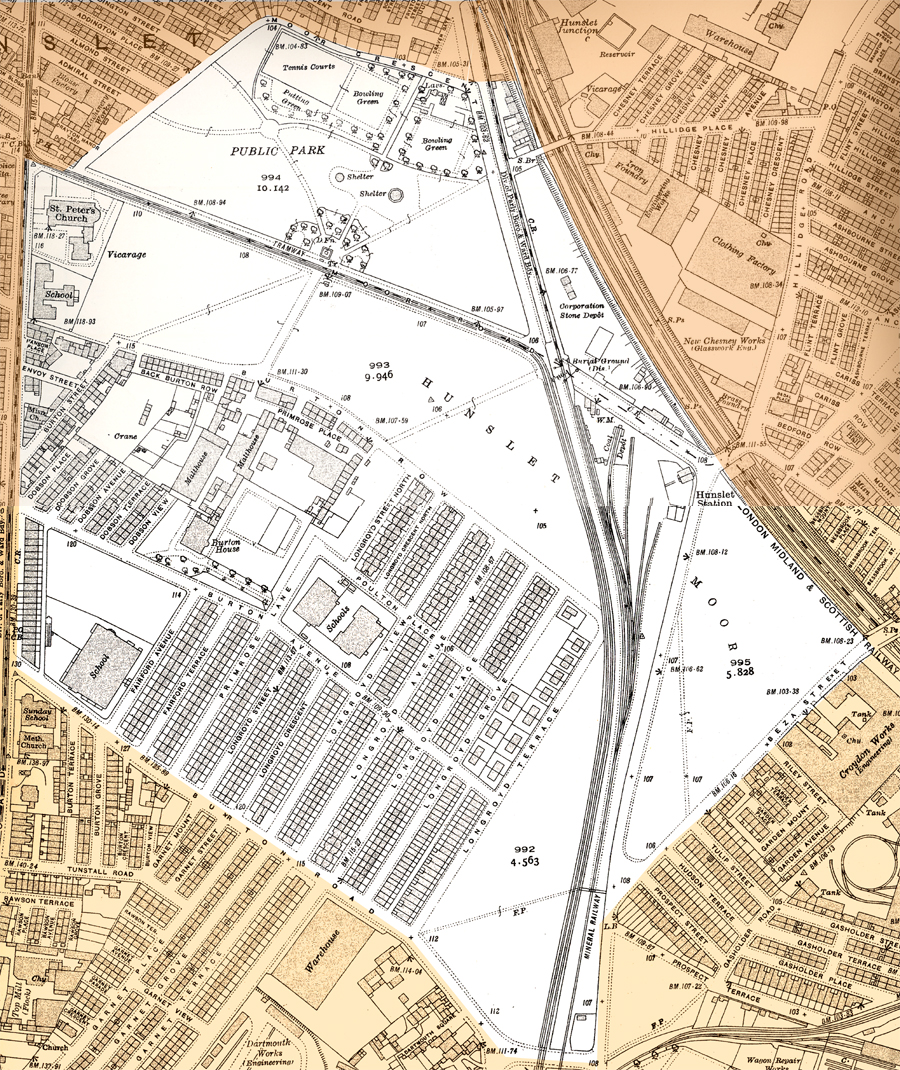
Hunslet Moor was originally common land. Between 1868 and 1874 the Middleton Estate and Colliery Co. Ltd. acquired the Manor of Hunslet, which included the Moor. In 1878 Leeds Corporation purchased the Moor from the company. Until 1953 the Moor was covered in boiler ash. As the map below shows, by 1932 it featured tennis courts, bowling greens, a putting green, old men's shelters, and a fountain that impressed Keith Waterhouse. There was also a bandstand. In 1888 Hunslet feast moved there from Penny Hill and it took place annually until 1953. At that point the Council converted the ash surface to formal grassland and flower beds, so from 1954 the feast was moved to a car park by the side of Hunslet RLFC's ground at Parkside. In 1812 the world's first commercial steam locomotives crossed Hunslet Moor, carrying coal from Middleton colliery to a staithe on the river Aire. See page 2 for the background to this historic event.
The map below shows the street pattern in 1932. Hover over Red circles to show places listed in a 1936 trade directory. Green circles show other interesting places, no matter when they were built. Yellow circles denote pubs. Click on Blue circles to read more about a particular place.
The map below shows the street pattern in 1932. Hover over Red circles to show places listed in a 1936 trade directory. Green circles show other interesting places, no matter when they were built. Yellow circles denote pubs. Click on Blue circles to read more about a particular place.
Moor Crescent
Moor Rd
Burton Row
Beza St


Burton Road
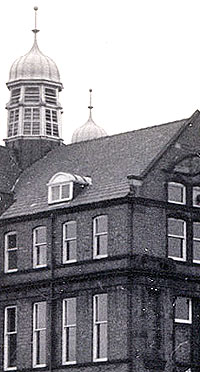
"..walking home at about 4.15 or so in the middle of winter, when the street-lights have already begun to come on. I would look round as I finished crossing the clinkered 'Moor' and still see over the house-tops half a mile away the pale yellow glow of its classrooms and corridors and its cupolas standing up half silvery-grey in the near-darkness. It exercised as powerful a pull on my imagination as Oxford's dreaming spires on Matthew Arnold's or Christminster on Jude the Obscure's".
© A Local Habitation (Life and Times, Vol I:1918-40), Richard Hoggart (1988)
© A Local Habitation (Life and Times, Vol I:1918-40), Richard Hoggart (1988)
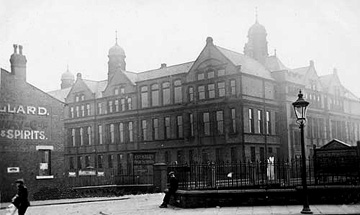
Cockburn High School shaped the understanding and outlook of thousands of south Leeds children. People today might have different views about an educational system that separated pupils at the age of 11, but it is undeniable that Cockburn excelled not only in education, but in giving its pupils the confidence and will to succeed in later life. It was organised on public school lines: a school motto ("Non scholae sed vitae" - Not school but life), a brown and gold school uniform (caps to be worn on the way to and from school), teachers wore gowns, the teaching of Latin, and a prefect system. There was even a tuck shop!
Click here to see lots of comments on Leodis about Cockburn.
Click here to see lots of comments on Leodis about Cockburn.
Gifford's, the Cockburn tuck shop, on Burton Road (photo 1967
Image copyright of Leeds Library and Information Services
See comments on Leodis about the tuck shop here and here.
Image copyright of Leeds Library and Information Services
See comments on Leodis about the tuck shop here and here.
N
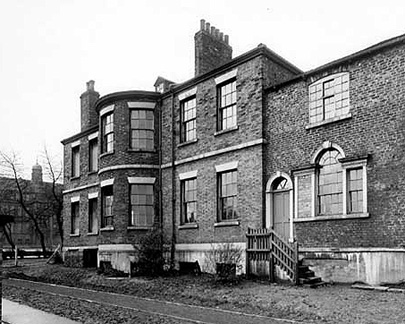
Burton Lodge, later known as Burton House, was built in 1791 and is a listed building. The Council bought it in 1919. After serving as an annex to Hunslet Moor Primary School it was later used to house Cockburn's sixth form. In 1986 it was converted into flats. Read Leodis comments here and here.
Burton House on Burton Avenue (photos 1950)
Images copyright of Leeds Library and Information Services
Images copyright of Leeds Library and Information Services
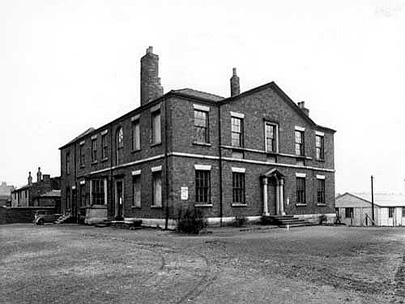
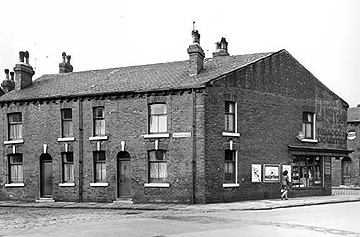
An undated view of Cockburn. The school was named after Sir George Cockburn, former Chairman of Leeds School Board and an educationalist
Image copyright of Leeds Library and Information Services
Image copyright of Leeds Library and Information Services
"...the Cockburn Higher Grade School, which will open in July 1902. No finer educational building exists in the British Islands."
Robinson's Leeds Directory, 1902-3
Robinson's Leeds Directory, 1902-3
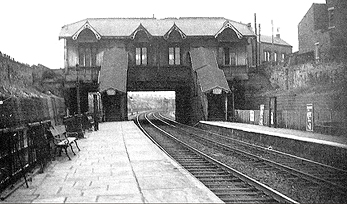
"Glass, high-vaulted, wood panelled, painted dark green". Hunslet Station on Hillidge Road opened to passengers in 1873 and closed in 1960
Scale one inch to about 80 yards
Middleton Railway
The second map on this page shows the area north of Moor Crescent
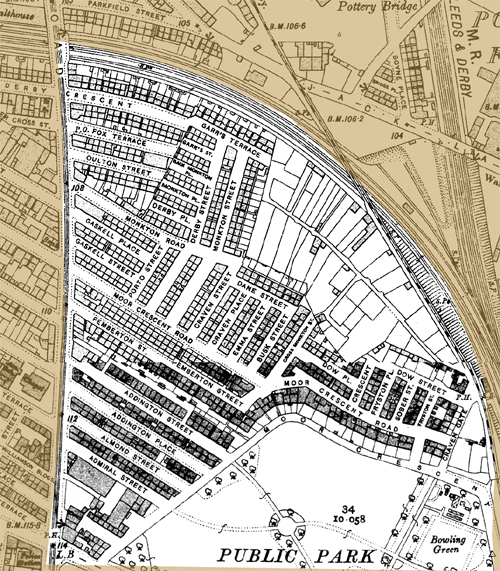
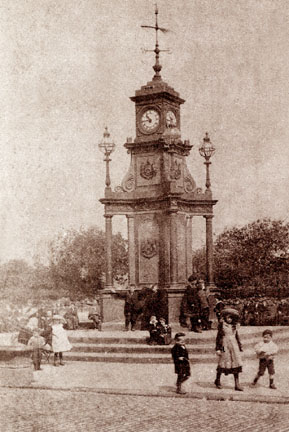
Fountain
Hunslet Moor (1)


My sister went to Cockburn. My parents were so proud but the cost of the uniform was prohibitive. She had to have a leather satchel which weighed a ton and was a Christmas box from our grandparents, a gym slip and shirts. (As well as all the other kit and kaboodle). The shirts were in a colour called "tussau" and could only be obtained at the very expensive Rawcliffe's in town. It was like a mucky, khaki creamy mixture, not very nice at all but it made a huge dent in our budget. No thought was ever made by the powers that be over the cost of kitting out children for grammar schools, who originated in deprived areas.
Sheila Gamblin (nee Barrett) was born in Hunslet in 1950 and now lives in York
Sheila Gamblin (nee Barrett) was born in Hunslet in 1950 and now lives in York
My sister went to Cockburn. My parents were so proud but the cost of the uniform was prohibitive. She had to have a leather satchel which weighed a ton and was a Christmas box from our grandparents, a gym slip and shirts (as well as all the other kit and kaboodle). The shirts were in a colour called "tussau" and could only be obtained at the very expensive Rawcliffe's in town. It was like a mucky, khaki creamy mixture, not very nice at all but it made a huge dent in our budget. No thought was ever made by the powers that be over the cost of kitting out children for grammar schools, who originated in deprived areas.
Sheila Gamblin (nee Barrett) was born in Hunslet in 1950 and now lives in York
Sheila Gamblin (nee Barrett) was born in Hunslet in 1950 and now lives in York